By Ted Maro
You have a landscape plan and are excited for the spring season to come, but there is one thing you have not made a decision about, and that is the type of edging that is going to be used. There are a variety of materials available to use for landscape edging, including plastic, wood, metal, brick, and stone. Landscape edging is used to separate different materials such as lawn, mulch, or rock in a planting bed.
Plastic edging is a popular and cost-effective way to separate the planting bed and lawn. It is a very flexible, durable material that creates a nice flowing, natural edge. Commercial grade edging is the most durable and typically comes in a 20 foot length. A vertical trench is dug first, prior to installation. It should be installed with stakes/spikes nailed through the face every 5-6 feet. The 20 foot sections should be linked together with a connector. The top of the edging should be just above the nap of the turf. The last step is to install soil against the face of the edging.
Wood edging was a more popular product 15-20 years ago. Cedar or treated wood are the two most often used. It makes a nice clean, straight line and creates a strong definition between the planting bed and lawn. The bed line angles easiest to work with are 30, 45, and 90 degree. Changes in grades or going up and down slopes are the most difficult to deal with when using wood. The seams should be staked and screwed together. The final step is to backfill with soil against the edging and then install mulch or rock. Wood will not last as long as the other edging choices.
Brick edging comes in a large variety of colors and styles. This category includes concrete bullet and centipede edgers. They can give your landscape a timeless, traditional look or a modern, contemporary look. It can be used to create strong straight lines or flowing curved lines. The area under the edgers should be level prior to installing them. Washed sand under the edgers can also be used to cushion during installation. A dead blow hammer or a rubber mallet should be used to tap them down and secure them in place. Mulch or rock can be installed against the edgers. This edging is durable, long lasting and the mower wheels can ride along the top which helps eliminate some trimming time. It works well on slopes and flat areas.
Metal edging is very strong, durable and a long lasting product. It is flexible and works well when making curved boundaries as well as straight lines. The two most popular products are steel or aluminum edging. The steel edging may rust in time and usually comes in two colors, black or green. Aluminum edging will not rust and the two most popular colors are natural or black. Both are installed with pre-determined slots for stakes and come in 8, 10, or 16’ sections. Soil is installed against the edging and then mulch or rock. Metal edging may have sharp edges and may not be the best choice in areas where children play.
Stone edging gives a nice, natural look and is long lasting. There are many varieties of stone edging available on the market. Some of the more popular ones are chilton, fond du lac, and fieldstone. Chilton ranges in color from gray, brown, to lavender and the size is 4” x 4” x random lengths. Fond du lac ranges in color from cream to gray and the size is 4” x 4” x random lengths. Both the stones should be installed on a sand base and tapped into place with a dead blow hammer. Fieldstone used for edging can range in size from 6-12” in diameter and color range is buff, gray, to rose. Using a larger diameter creates a retaining wall look. Using multiple colors and sizes creates a natural look. They are installed by digging a trench and burying about 1/3 of the height of the stone. Installing additional edging outside the fieldstone will eliminate trimming along the fieldstone. It works well on slopes or flat areas and is used to form straight lines or curves.
As you narrow down your choices, consider the costs for labor and materials. The least expensive to the most expensive materials are as follows: plastic, wood, brick, metal, and stone. Decide what look you want from natural and free flowing to straight and modern. There are more materials and types of edging on the market, but the types listed above are the most popular. Except for wood, all the materials can be installed by homeowners. With some patience and the proper tools, you can enjoy the project along the way and take pride in it when it’s done. Think of edging like a picture frame. It can make the artwork pop but without it the artwork will simply bleed into the surroundings. Display your landscape like it’s your favorite piece of artwork.
If you have any edging or landscape questions, give us a call at 952-431-4345, or drop us an email at landscaping@pahls.com.

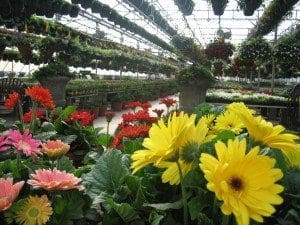
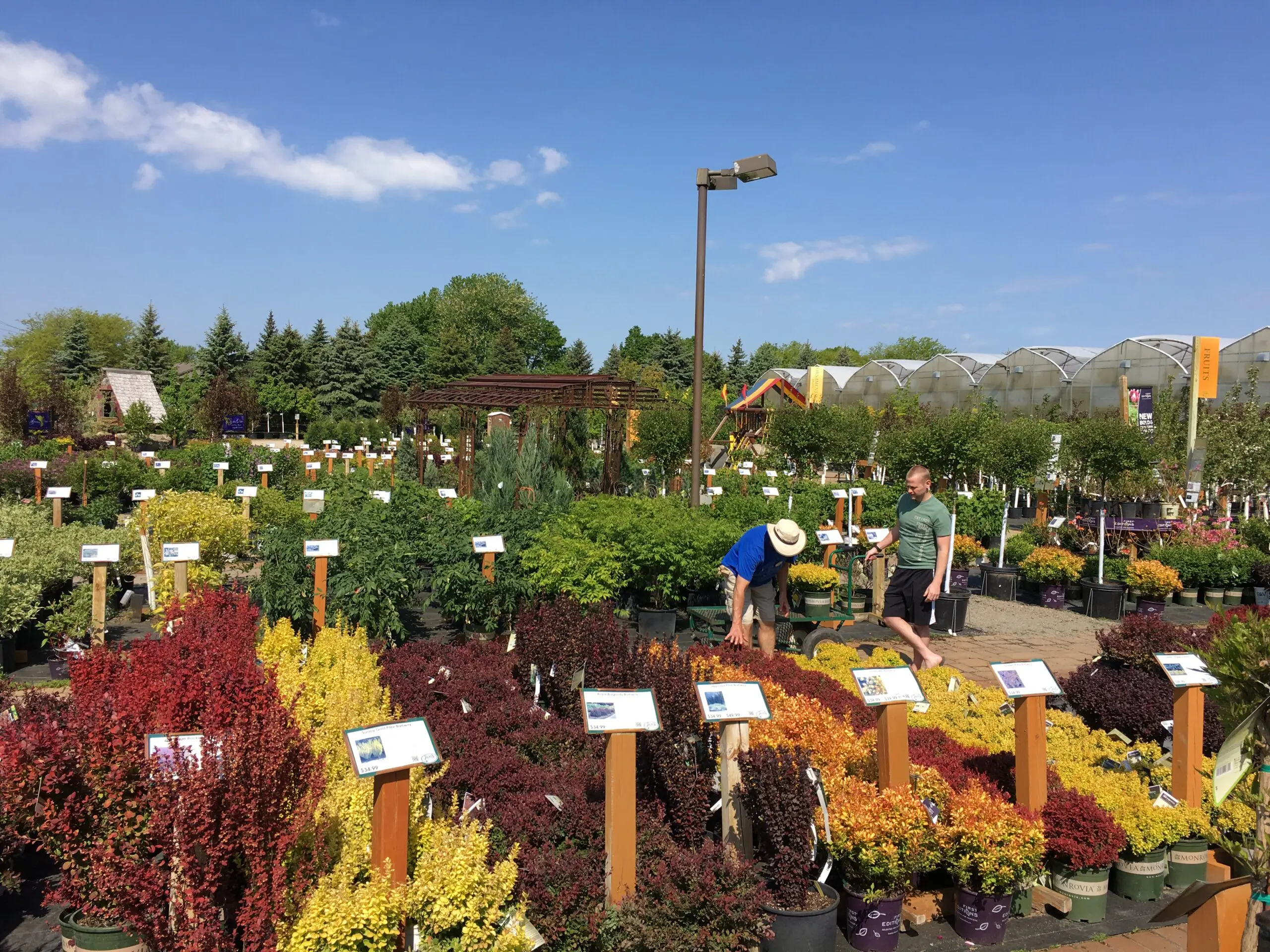
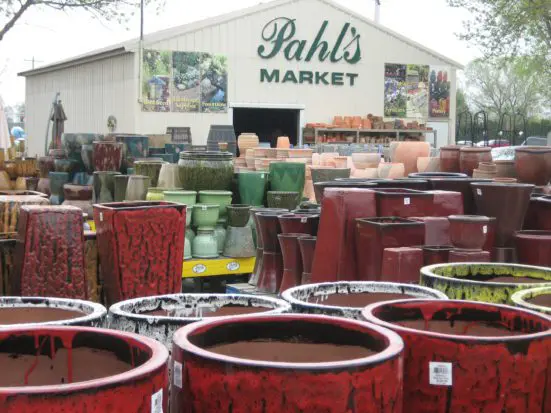




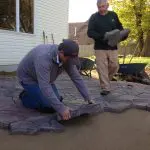
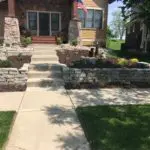

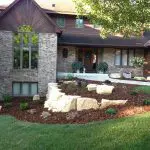
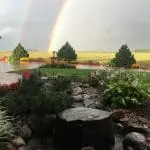



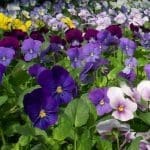
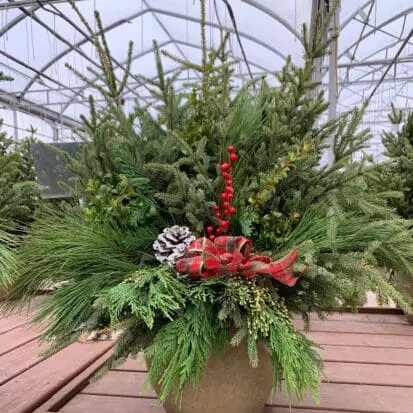

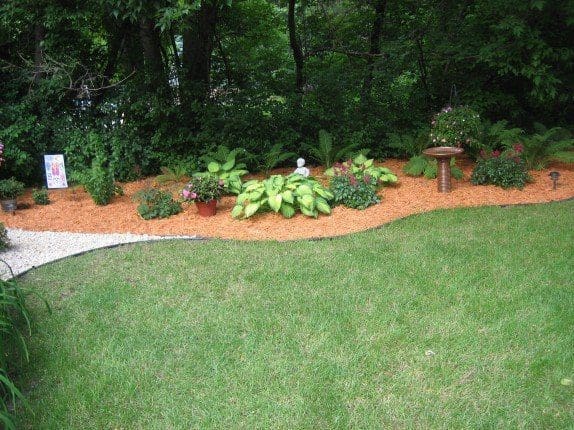
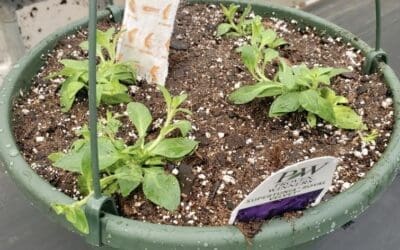
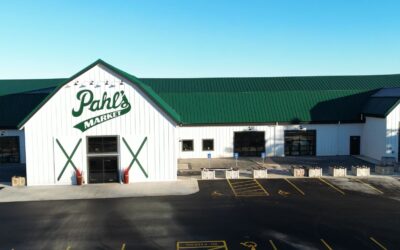

0 Comments